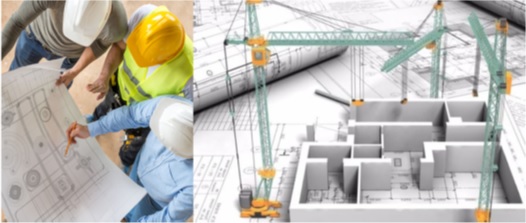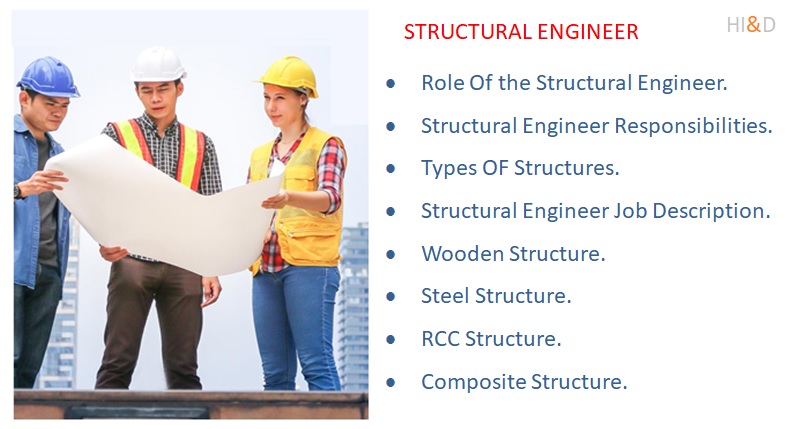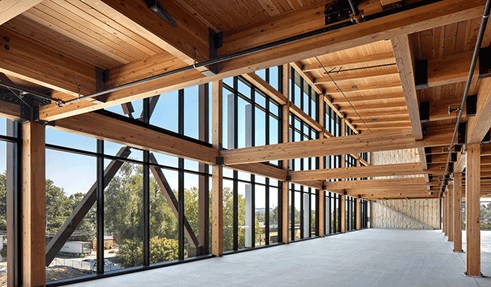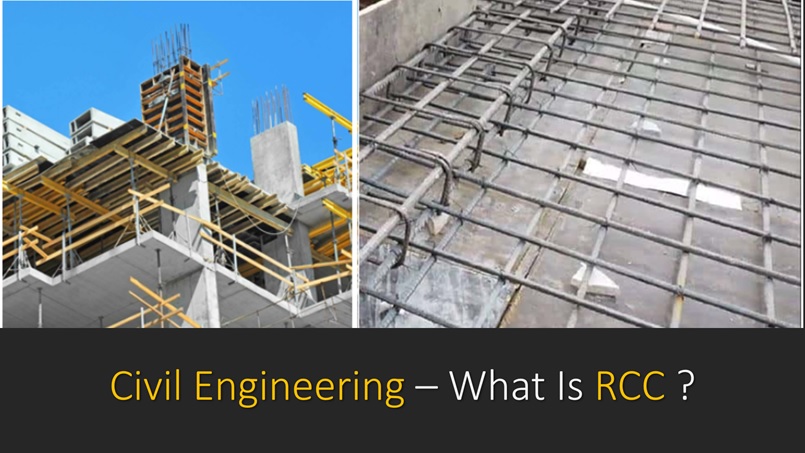
Structural Engineering Basics
Structural Engineer Role And Responsibilities
Who Is Structural Engineer ?
The structural engineer is a licensed professional who is specialist in structural design, building safety and designs the building structure.
The structural engineer designs the building structure based on the project technical requirements, specified loads , the soil properties and other design considerations.
The building structure consist of substructure and the superstructure. The building structure bellow the ground level is referred as substructure. This includes the foundation.
The building structure above the ground level is referred as superstructure. The superstructure includes walls, columns, beams and the slab.
The structural drawing is a graphical representation of the structural design for various structural members of the proposed project. The structural design also includes the technical specifications for the structure.

The primary responsibility of the structural engineer is to design the building structure as per building code that is structurally sound and safe for its intended use.
The structural engineer also needs to be consulted for any home improvement and remodel projects where the existing building structure requires some major changes.
In this section, you will learn the role and responsibilities of the structural engineer, types of structures, structural design process and other related important topics.
Civil Engineering Basic Knowledge
Structural Engineering Basics
Structural Design Basics
Table Of Contents
This section covers the basics of structural engineering specially designed for the students of architecture, interior design, civil engineering, civil contractors and other stake holders.
What Is Structural Drawing ?
The building planning and design include the two sets of important drawings. The architectural drawings define the functional aspect of the building construction based on the functional needs of the user.
Whereas, the second set of building drawing is called structural drawings. It defines the technical specifications for the building structure.
The building structure consist of the various structural elements such as building foundation, columns, beams, cantilevers, projections, slab and other structural members as per the design.

The structural engineers prepare the set of structural drawings that defines the structural dimensions and the technical specifications for each structural member in the building.
The structural drawing is one of most important documents that defines the building structural durability and the safety.
Structural Engineering Basics
Responsibilities Of The Structural Engineer
The structural engineer handles some of the most important responsibilities in the construction industry. The structural engineer is responsibilities include structural design , execution , inspection, structural code compliance and the building safety.
- To identify, measure and study the design factors.
- To calculate the design load for all the structural members.
- To design the various structural members based on the load calculations and other design considerations.
- To prepare the structural drawing with the technical specifications for each structural member.
- To ensure the compliance to the building code for the structural design.
- To supervise the construction execution as per the structural design.
- To conduct the various tests and structural audits for the construction work. To prepare and document the audit reports.
- To provide the necessary technical guidance to the site execution team regarding structural design work during the construction.

Structural Engineering Basics
Types Of Structures
The building structures on the basis of material used for the construction can be grouped into four types. The building structures include wooden structures, steel structures, RCC structures and the composite structures.
Wooden Structures
The wooden structures are very common especially in the countries where the construction grade wood is easily available.
However, the wooden structure has some major limitations in terms of strength and the durability of the structure.

Structural Engineering Basics
Steel Structure
The use of steel structure is very common. The steel offers some excellent properties for the construction of small and large size construction projects.
The steel is a versatile material and offers plenty of scope to the structural engineer to design the steel structure.
Some of the high-rise iconic buildings are testimony to the suitability of the steel structures for the different types of construction projects.
However, the wooden structure has some major limitations in terms of strength and the durability of the structure.

Structural Engineering Basics
RCC Structure
Reinforced Cement Concrete Structure
The RCC stands for Reinforced Cement Concrete. The RCC is a composite construction material made up of concrete and the steel reinforcement.
The concrete structures are the most commonly used construction material that offers excellent strength, durability and versatility.
The concrete structures are extensively used for residential, commercial and the mega infrastructure projects such as dams, bridges, tunnels, roads and ports.

Structural Engineering Basics
Composite Structure
The composite structures are constructed by combining two or more traditional structural materials such as wood, steel and RCC.
However, the combination of steel and RCC structure is very common in the residential and commercial buildings.
For example, in the industrial area, many factory buildings, warehouse are constructed with RCC structure up to the roof level and the roof is designed and built with steel structure.

Structural Engineering Basics
When To Consult Structural Engineer ?
The structural engineer is a specialist in the field of structural design and the safety. The structural drawings are a separate set of construction drawing other than the architectural drawings.
The structural engineer expertise is required for all new house construction or any other type of civil engineering project.
The structural engineer should also be consulted for any home improvement, kitchen remodel, bathroom remodel or any other civil engineering work that requires major structural changes to the existing structure.

Sometimes the major changes to the existing structure are required. In such cases it is advisable to consult the structural engineer. In such case the structural audit could be conducted to ensure the safety of the building.
In most countries, all the major structural changes require prior approval by the competent authority.




